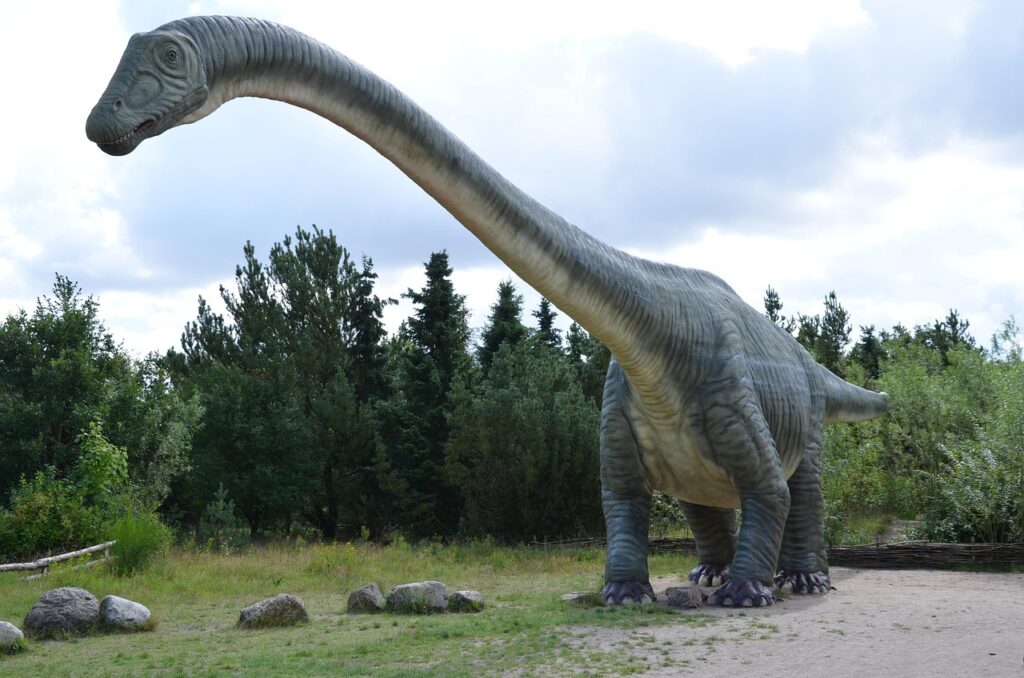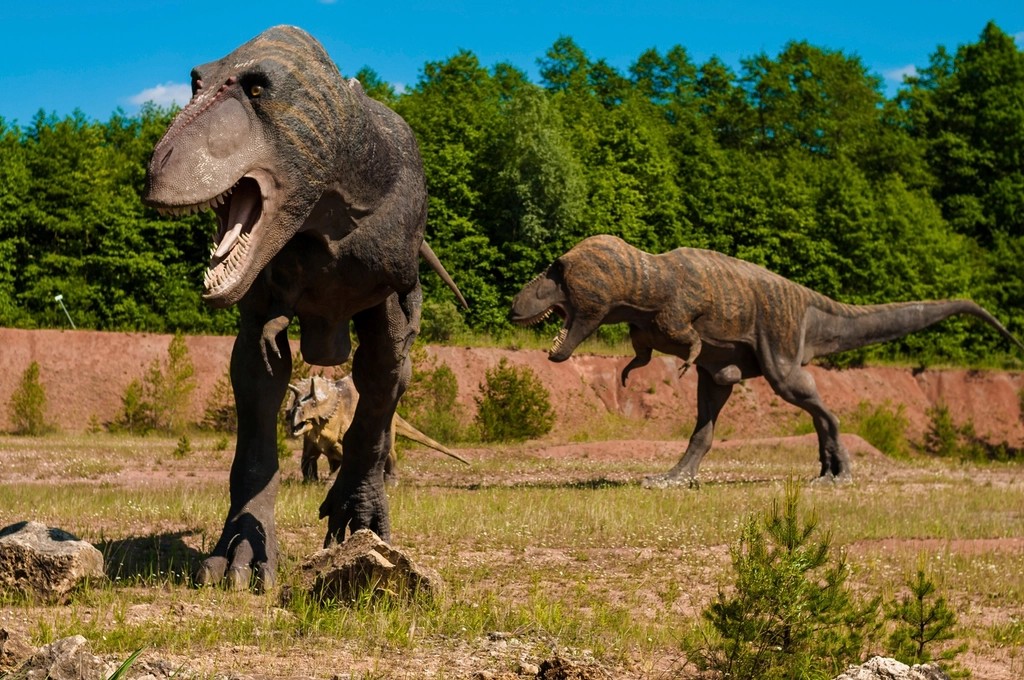Imagine walking in a world where the ground trembled under colossal footsteps, where necks stretched up to touch the clouds, and where creatures the size of commercial airplanes wandered the Earth. Some dinosaurs reached lengths of over 34 meters and weighed over 70 tons. Yet for all our fascination with these prehistoric giants, the true titans of the dinosaur world remain shrouded in mystery, their complete skeletons scattered across millions of years and countless archaeological sites.
The largest individuals of any given species may still be waiting to be discovered, with some giants potentially being very rare and taking hundreds if not thousands of years to uncover based on the current rate of fossil searches. What makes this journey even more thrilling is that new discoveries continue to reshape our understanding of these ancient behemoths. So let’s dive into the world of the most colossal discovered.
Argentinosaurus huinculensis – The Argentine Thunder
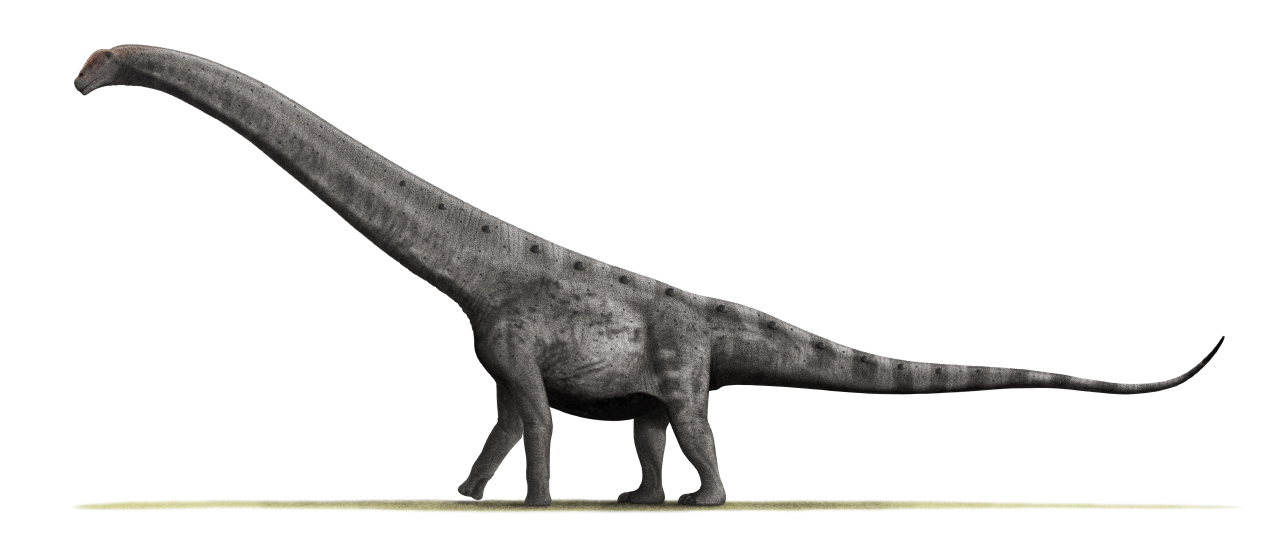
Starting with the weightiest, the gold-medal winner is likely Argentinosaurus. This colossal titanosaur lived around 94-97 million years ago in what is now Argentina, earning its name from the very country where its massive bones were first unearthed. Argentinosaurus was a titanosaur, a group of giant sauropods that hold the title of the world’s largest land animals and lived during the late Cretaceous period.
Argentinosaurus is only known from a relatively paltry collection of vertebrae, ribs, and an incomplete femur, yet this fragmentary evidence tells an incredible story. It’s a good bet that it massed 60-70 tonnes, maybe about twice as much as Giraffatitan. The challenge with Argentinosaurus lies in the incomplete nature of its fossil record, which forces paleontologists to estimate its true size using sophisticated scaling methods.
Patagotitan mayorum – The Patagonian Giant
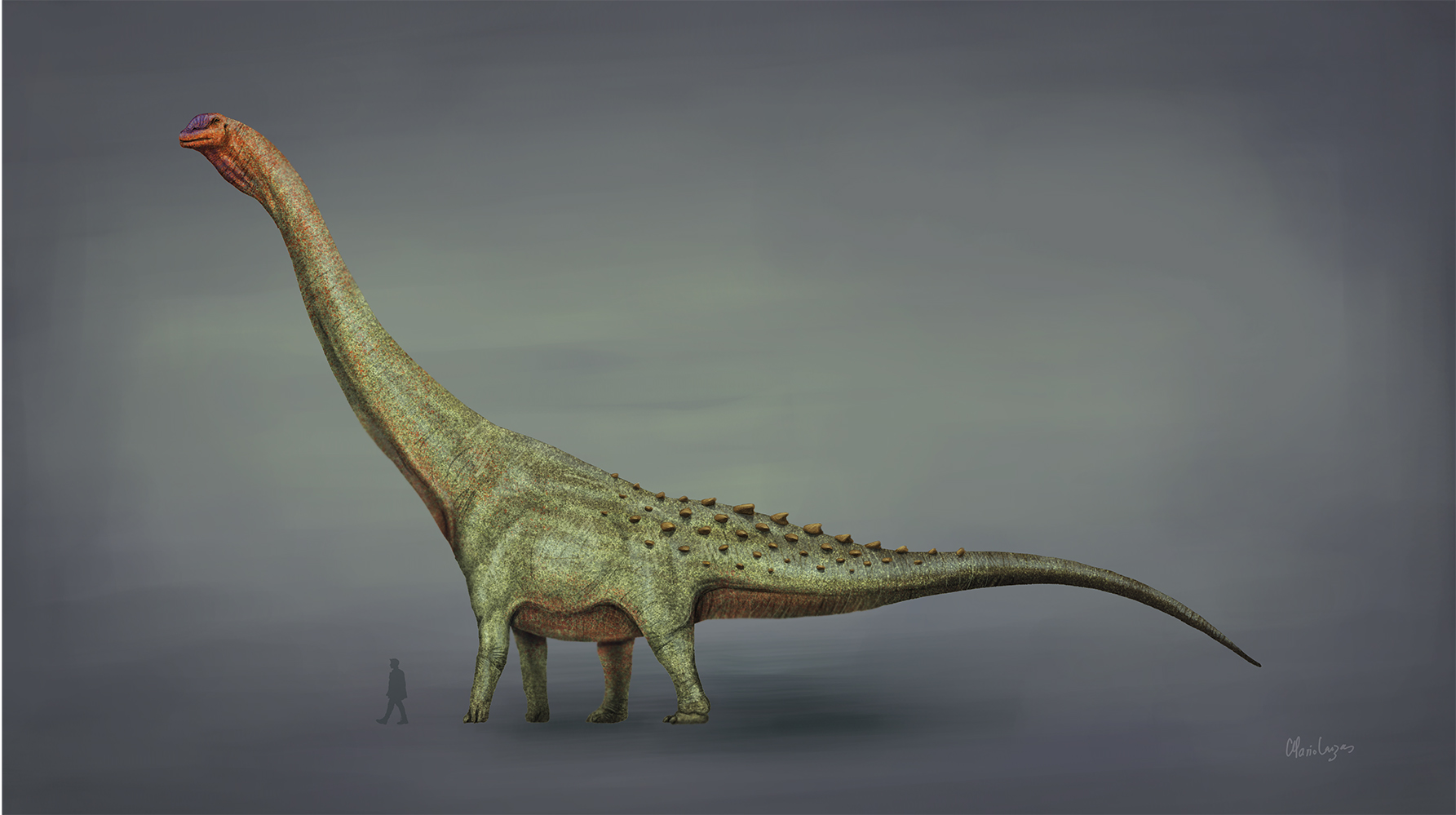
Paleontologists suggest that Patagotitan mayorum, a giant herbivore that belongs to a group known as titanosaurs, weighed in at around 70 tons. Measuring 37m long – close to four school buses put end to end – and weighing 70 metric tons, latest calculations show that this new giant titanosaur is the biggest animal ever to walk the Earth. This remarkable discovery came from a shepherd who spotted a gigantic fossil bone in Argentina’s desert.
The species lived in the forests of today’s Patagonia about 100 to 95 million years ago, during the Late Cretaceous period, and is one of the discovered. What makes Patagotitan particularly significant is the completeness of the skeletal remains found. The first bone turned out to be a 2.4m long thigh bone, the largest ever found. The specimen provided paleontologists with unprecedented insight into the anatomy of these prehistoric giants.
Supersaurus vivianae – The Super Lizard
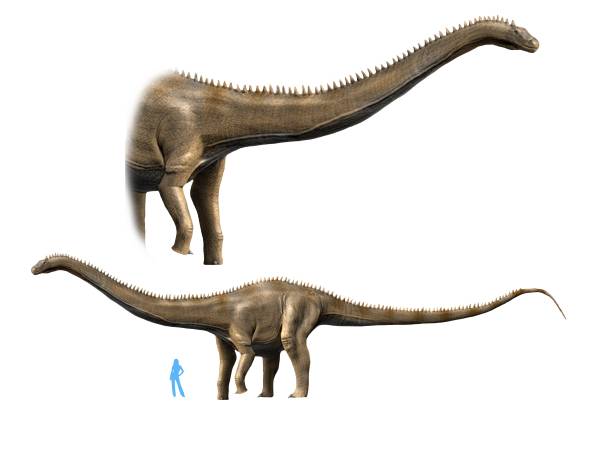
The whipped-tailed Supersaurus, a sauropod that lived about 150 million years ago during the Jurassic period, is a clear winner, reaching around 33-34 meters (108-112 feet) long. This incredible length makes Supersaurus a serious contender for the longest dinosaur ever discovered. Due to its impressive length of around 108-112 feet, Jimbo the Supersaurus spans across basically the entire main exhibit hall.
Supersaurus itself has fared a bit better, now estimated at around 108-112 feet and about 45 tons, though it falls short in weight compared to its titanosaur cousins. While very long, Supersaurus was a relatively trim 35 to 40 tons rather than the 80+ tons of its rivals. The discovery of Supersaurus remains, particularly the specimen nicknamed “Jimbo,” has provided valuable insights into the extreme lengths these sauropods could achieve.
Dreadnoughtus schrani – The Fearsome Giant
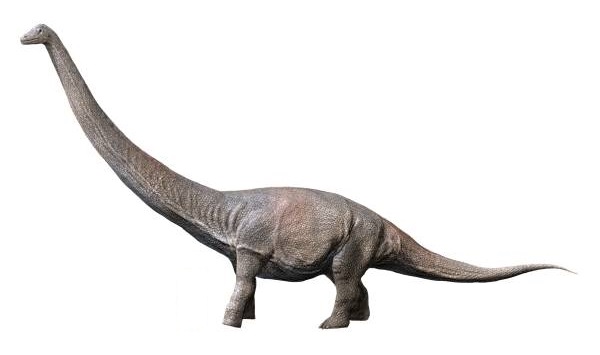
Dreadnoughtus represents the most complete titanosaur skeleton paleontologists have ever found, with an estimated length of 26 meters and a weight of around 48 metric tons. The titanosaur dinosaur Dreadnoughtus schrani is the only supermassive dinosaur for which scientists have both the femur and humerus bones from the same individual, making it the largest dinosaur for which scientists can confidently calculate a mass.
Named for its seemingly invincible size, akin to the dreadnought battleships, the term “Dreadnoughtus” implies “fears nothing” reflecting its position on top of the food chain. The largest known specimen had apparently not yet reached its full size, indicating that it could have grown even larger. This revelation suggests that adult Dreadnoughtus specimens might have been even more massive than current estimates indicate.
Sauroposeidon proteles – The Earthquake God
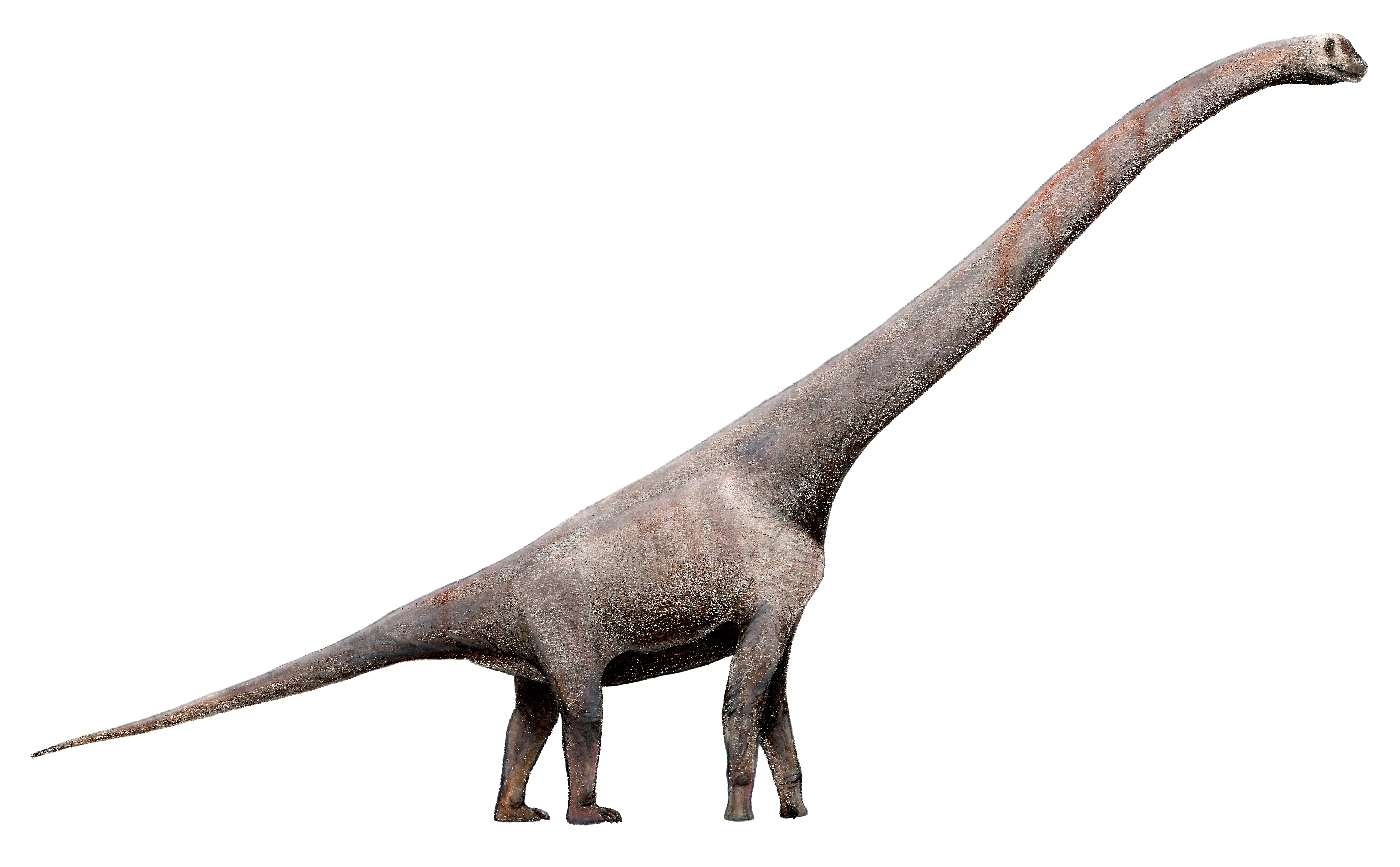
Sauroposeidon proteles is possibly the tallest dinosaur, at an estimated 59 feet (18 meters) tall. When the first Sauroposeidon fossils were found in the USA in 1994, experts initially thought that they might be fossilised trees given their enormous size. Sauroposeidon has the largest known neck vertebrae at 5 feet (1.5 meters) long.
Living during the Early Cretaceous, Sauroposeidon’s massive size suggests it lived a largely unchallenged life, with very few predators being capable of posing a threat. The Cretaceous dinosaur’s long neck, supported by a relatively lightweight, air-filled bone structure, would have allowed it to graze on high canopy vegetation, covering vast areas in search of food. This adaptation made Sauroposeidon perfectly suited for browsing the highest branches of ancient forests.
Turiasaurus riodevensis – The European Champion
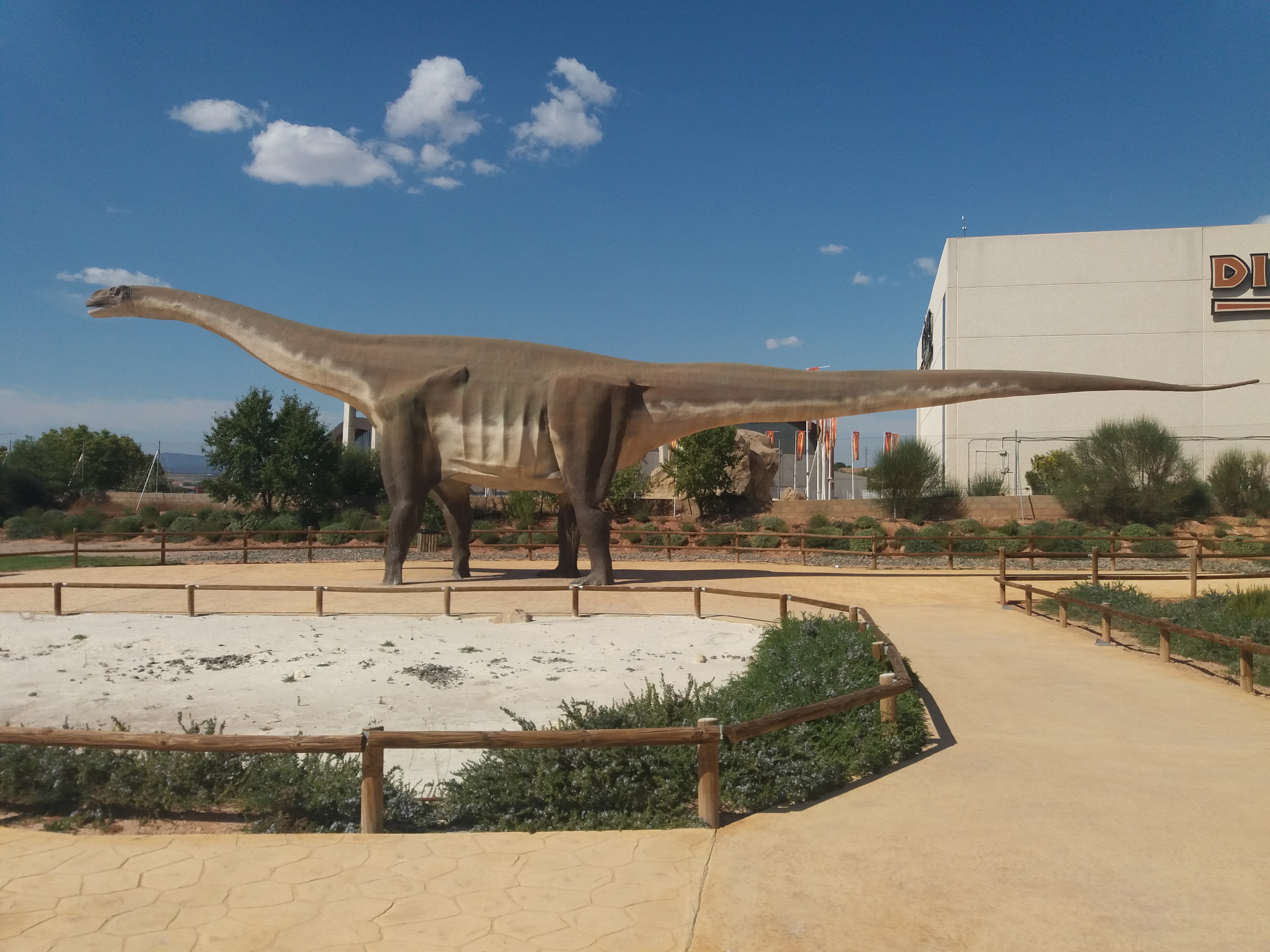
Turiasaurus is believed to be the largest dinosaur ever found in Europe, and is among the largest dinosaurs known. Turiasaurus lived around 155-146 million years ago, in the Late Jurassic Period, with bones of this giant sauropod found in Spain, making Turiasaurus the largest dinosaur found in Europe so far. It was originally estimated at over 30 metres (98 ft), possibly around 36–39 metres (118–128 ft) in length and with a weight of 40–48 t.
Palaeontologists have found skull fragments of this dinosaur and estimate the head would have been 70 centimetres long, with fossils of Turiasaurus forelimbs, teeth, vertebrae and ribs also being dug up. According to paleontologist Luis Alcalá, the relatively small head was because a larger head might have caused Turiasaurus to break its neck. This anatomical constraint highlights the engineering challenges these massive creatures faced.
Mamenchisaurus sinocanadorum – The Neck Specialist
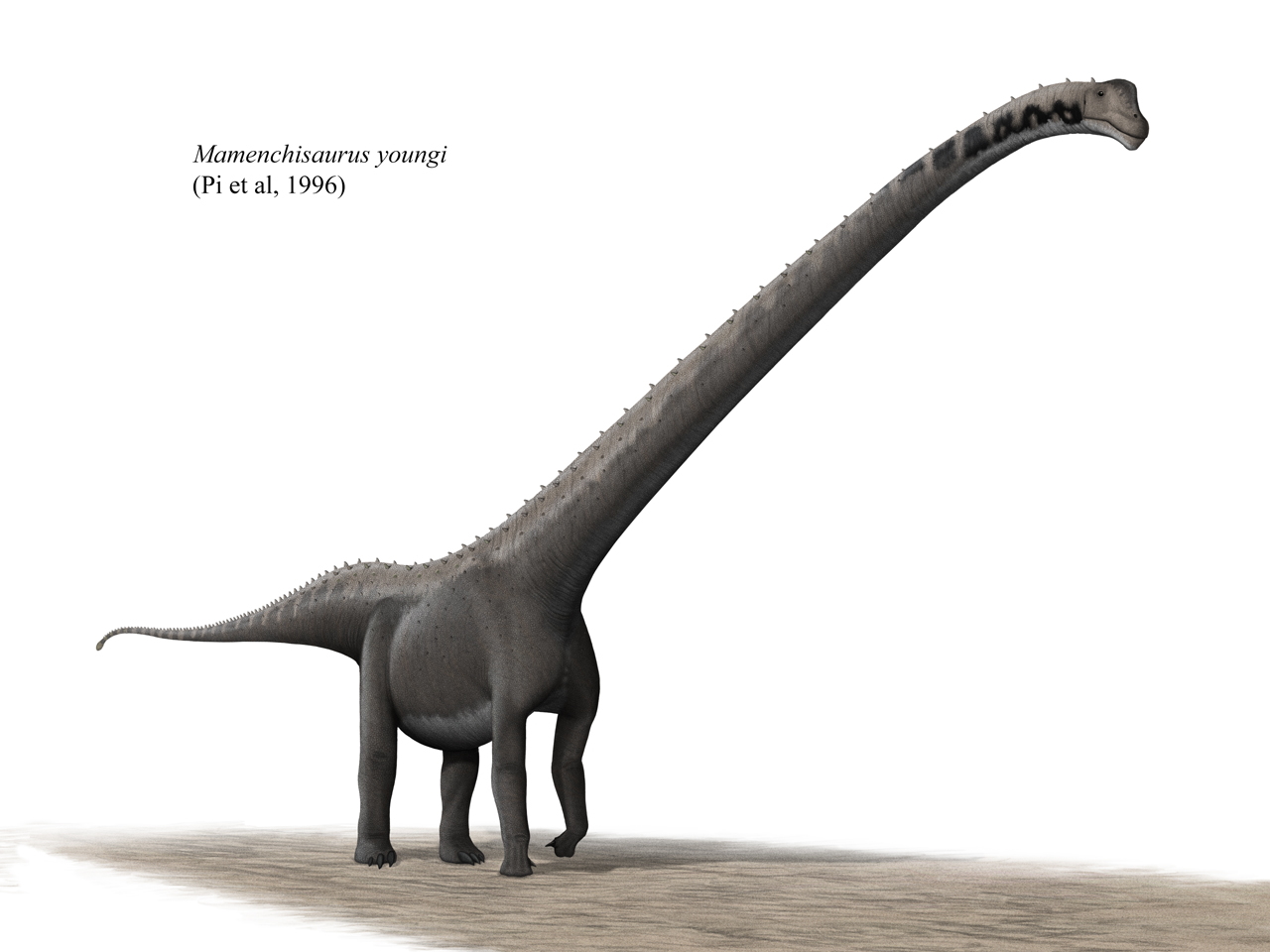
Mamenchisaurus sinocanadorum had the 15-metre-long neck, which may be the longest dinosaur neck found so far. Mamenchisaurus, a member of the order Sauropoda, is one of the largest sauropod dinosaurs discovered in China with a total length of about 22 meters, body height of nearly 7 meters, and weight of 55 tons. Mamenchisaurus has the longest neck among all dinosaurs (up to 12.1 meters long, equivalent to half the body length), with each cervical vertebrae being long and having 19 in number.
First on our list is the staggering Mamenchisaurus, a sauropod whose neck alone could rival the length of three school buses lined up end-to-end, discovered in what is now China and stretching up to 98 feet from its snout to the tip of its tail, with its neck making up half of its body length. This extraordinary adaptation allowed Mamenchisaurus to feed on vegetation that was completely inaccessible to other herbivores of its time.
Giraffatitan brancai – The Giraffe Titan
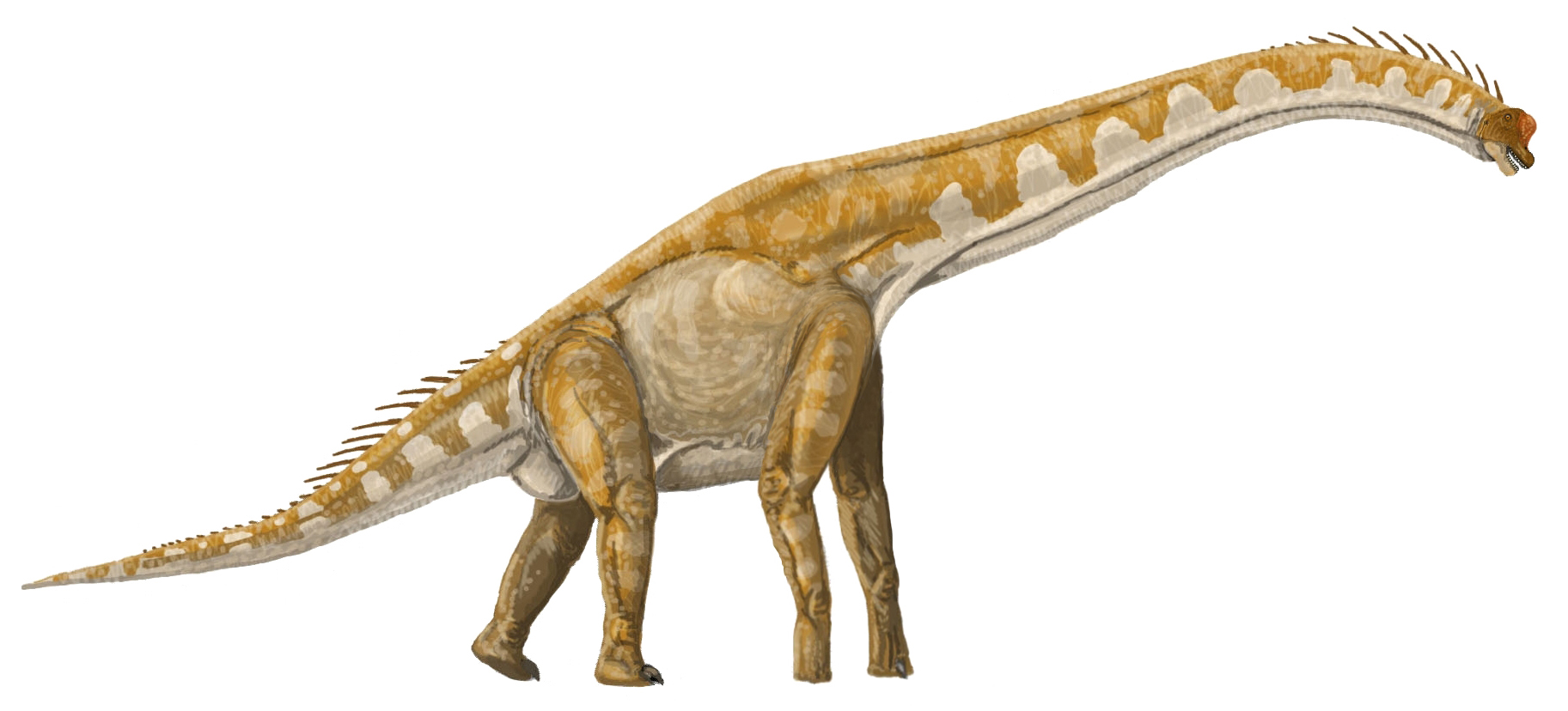
As for the tallest dinosaur, the winner is likely Giraffatitan, a 40-foot-tall (12 m) sauropod dinosaur that lived in the late Jurassic about 150 million years ago in what is now Tanzania. It’s known for its long neck and tail, with an estimated length of 23 meters, earning the nickname “giraffe titan,” discovered in the early 20th century led by German paleontologist Werner Janensch. This sauropod is in the Guinness World Records, as it was named the tallest mounted dinosaur skeleton in the world.
Based on these findings, Giraffatitan was then crowned as the largest land animal that ever lived until the discovery of the titanosaurs that dethroned it, with its diet consisting of high-reaching vegetation accessible thanks to its elongated neck. The discovery of Giraffatitan revolutionized our understanding of dinosaur size and helped establish the framework for identifying truly massive prehistoric creatures.
Futalognkosaurus dukei – The Giant Chief Lizard

Futalognkosaurus translates to “Giant Chief Lizard” in the Mapuche language, discovered in Neuquén, Argentina, in 2000, though it wasn’t formally described until 2007. This Late Cretaceous giant lived between 94 and 86 million years ago and was among the discovered, with initial length estimates ranging between 32 to 34 meters, though more recent assessments suggest a length closer to 26 meters and a weight of 33 tons.
Futalognkosaurus was discovered alongside other fauna, including Megaraptor and Unenlagia in the same site, with the titanosaur’s long neck possibly over a meter thick due to tall neural spines, and like his long-necked dinosaur cousins, Futalognkosaurus was a herbivore, feeding on the abundant vegetation of its time. The discovery site provided valuable ecological context about the Late Cretaceous period in South America.
Ruyangosaurus giganteus – The Chinese Heavyweight
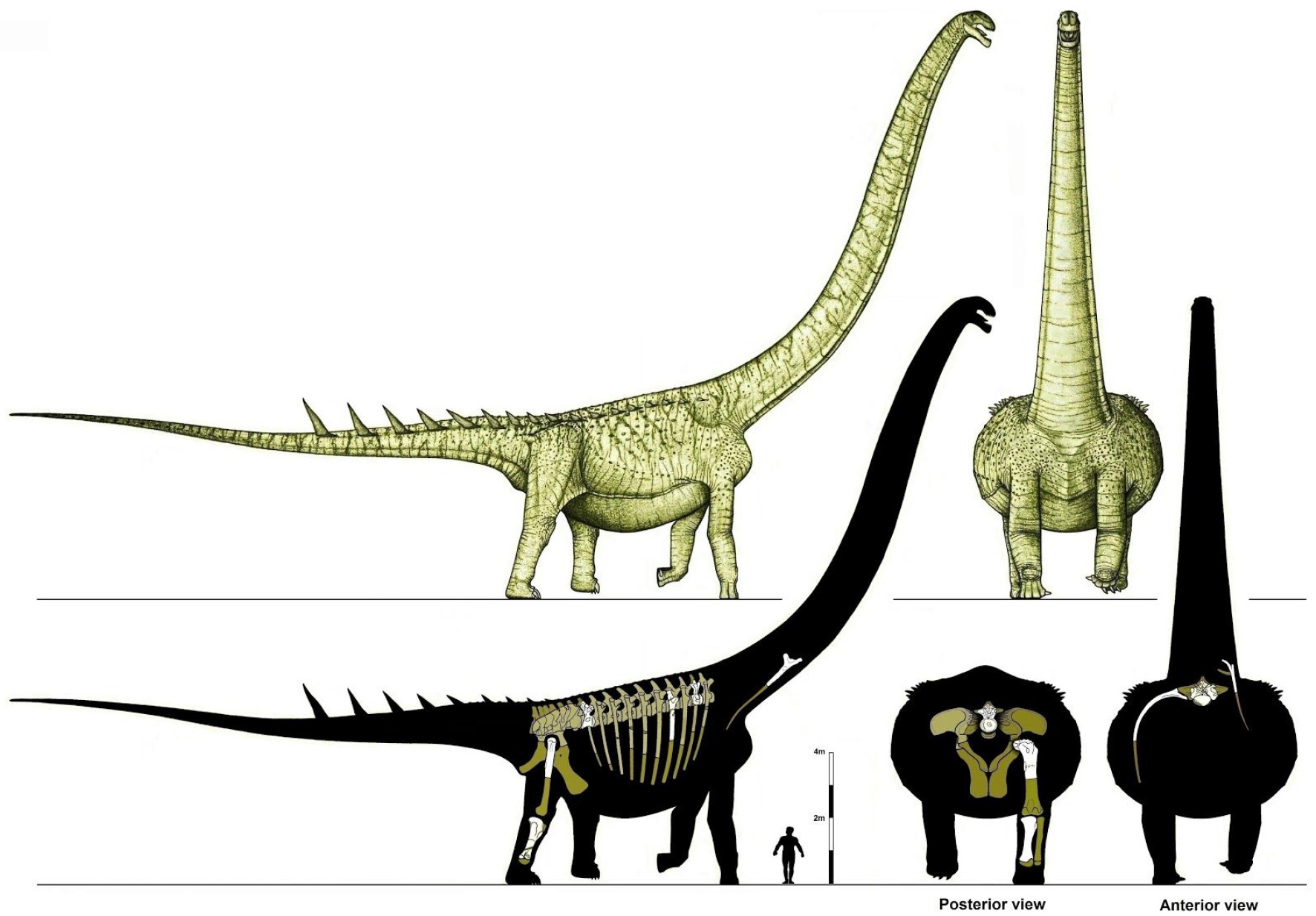
The giant Ruyangosaurus ranks among the top three largest dinosaurs in the world, being a giant sauropod dinosaur that belongs to the megasauroid type. The length of its femur reaches 2.35 meters, and the diameter of a single dorsal vertebra reaches 51 centimeters, which is 1 centimeter more than Argentinosaurus, with the giant Ruyang dragon being more than 38 meters long, more than 17 meters tall, and weighing more than 130 tons. Huanghetitan ruyangensis, a sauropod dinosaur, known from 9.8 feet (3 meters) long ribs, is one of the world’s largest creatures.
It is the strongest, heaviest and largest dinosaur known in the world when restored and mounted. The massive vertebrae and femur bones discovered in China suggest that Ruyangosaurus may have been one of the most robust sauropods ever to exist. The sheer thickness of its bones indicates a creature built for supporting tremendous weight and mass.
Conclusion
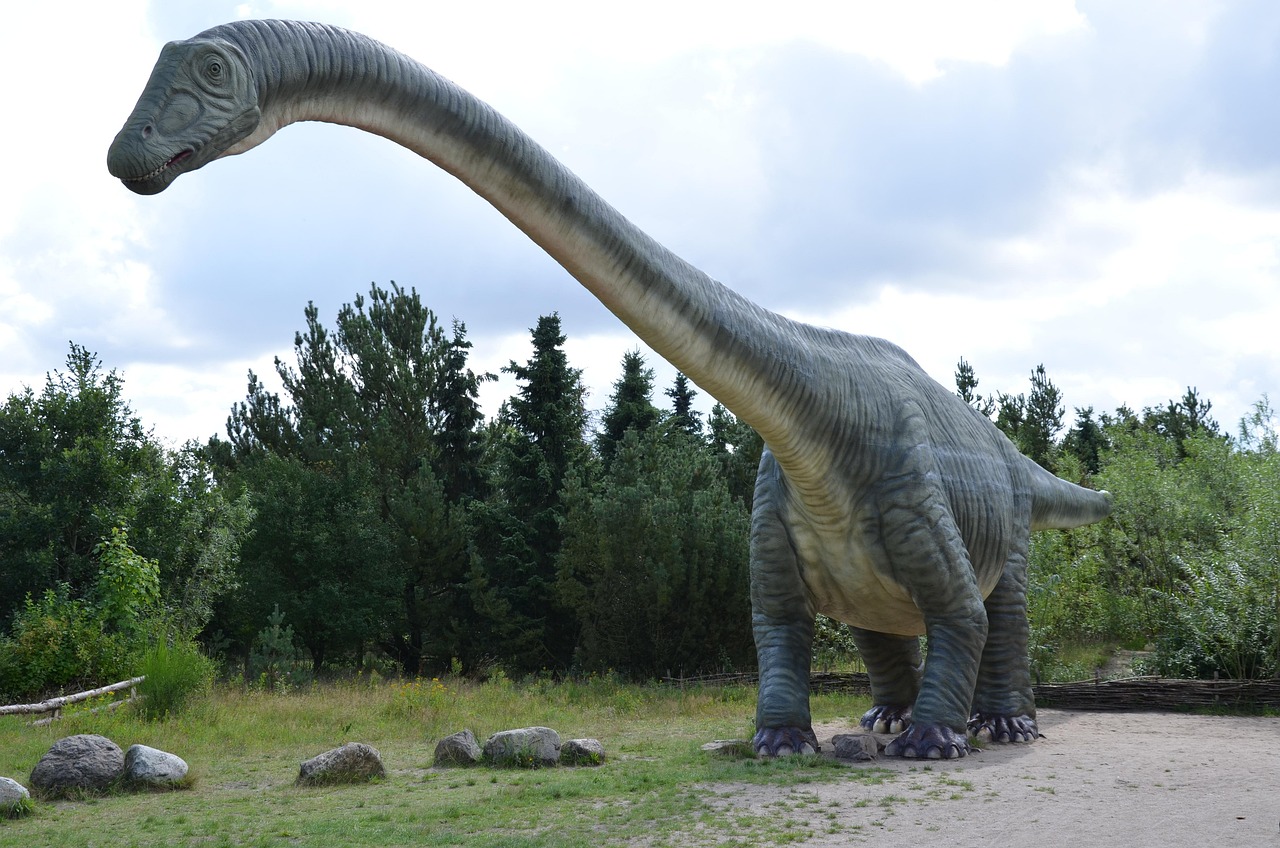
These colossal creatures dominated Earth for over 160 million years, showcasing evolution’s ability to create life forms that seem to defy the very laws of physics. From the towering heights of Sauroposeidon to the massive bulk of Argentinosaurus, each of these dinosaurs represents a unique solution to the challenges of being truly gigantic. There could have been individuals that were up to 70% more massive, in the top sort of 0.1% of dinosaur sizes, and really, these largest examples of even the most well-known dinosaurs, we probably have not found yet.
The quest to understand these prehistoric titans continues, with new discoveries regularly reshaping our knowledge of just how large life on Earth could become. What fascinates you most about these ancient giants? Tell us in the comments.

